Learn To Trade: Trade To Win With A Rule-Based Method
$26.45
| Author(s) | |
|---|---|
| Format |
|
| Pages |
425 |
| Publication Year |
2022 |
Learn To Trade will step you through chart reading, moving averages, breakouts, risk control, and portfolios – everything you need to be a successful trader. It will give you rules to follow, rules that make the difference between uncertainty and confidence.
Author’s Note:
Have you been watching stocks for a while, even made a few trades? Did you get your ideas from watching the financial news on television, or getting alerts from internet blogs? Perhaps you bought a stock only to find out that it has already made its move higher and now it’s pulling back. You were late. Do you stay in and wait for it to recover, or get out with a loss? It’s time to make your own decisions and learn to trade.
You are skeptical whether “rule-based” trading works, but you have had setbacks in your investing and would like to try something better. Buy-and-hold has more risk than you expected. This time you want a way to control your risk. Maybe you just want some new tools to trade better. If any of this seems right, you want to read this book.
Trading can be simple or complex. After all the years that I have traded, I am convinced that simple is better and more profitable than complex. Each aspect of trading has a simple answer. But there are still a number of parts: the direction of prices, the position size, how much you want to invest, which stocks or futures markets you should trade. When you combine them all, even with simple answers, you might think that the whole picture is complex. But it is not.
It will not take long before each decision becomes a natural part of your trading process. You will see the direction of prices, know how much to invest and how to protect yourself from unnecessary risk. We won’t talk about intraday trading because it is a specialty. If you do not already know how to trade profitably, trading faster will just speed up the mistakes.
I don’t know if you will become a great trader, or decide that trading is not for you. I cannot teach you to have a “feel” for whether prices will go up or down, or how to become another Warren Buffet, Bill Gates, or Elon Musk. Trading is a discipline and what you learn can help in other aspects of your life. Trading is a dose of reality. It is you against the market. There will be periods when everything goes your way, and times when you are sure that the market is conspiring against you. Most important, you learn to accept risk and continue past it to better times. That is a lesson in life.
I can give you tools and a structure. With a proper commitment you could become a Da Vinci, a specialist in detail. Or, having studied the basics you could test the boundaries, like Picasso, Monet, and even Van Gogh. All artists start by learning the basics. Van Gogh did not start by painting “Starry Night,” he started painting dull everyday scenes. Picasso started as a naturalist. Be patient. It is a learning process.
A strong background in basics is not a prison but a springboard. Jesse Livermore looked for patterns, W. D. Gann added calendar cycles, and Elliott studied waves. They did not find them in books, but they built on the knowledge of what works, what others had done before them.
You will want to explore your natural talent. Mine is mathematics, so I do most everything with formulas, programs, and spreadsheets. My wife tells me that I’m too precise, that I miss the signs that everything is pointing up or down. But that is my nature. Your nature may be the same or it may be different. Some traders are good with long-term positions, holding a stock for the long run. They believe in the product, the technology, or the company. Others prefer the instant gratification that comes from day trading. My wife was a member and trader on the floor of the CME. She likes being short. “That’s where the money is made.” Downside moves are fast and profitable, but they do not happen often enough for me and I am always late recognizing them.
All your decisions will be balancing the trade-offs. Do you want more profit at higher risk? More good trades but smaller profits? Do you want to place orders once each week or buy and sell every day? Is it a business or a hobby? Once you start down the path of trading, you might find it addictive. You can sit at your desk at home and make money. It becomes a game of chess, you against everyone else. Their move, your move. You can capture a small profit or wait for something bigger. It is all how you play the game.
Contents:
- TIMING IS EVERYTHING
- CHARTING THE TREND
- BUYING AND SELLING WITH TRENDLINES
- MOVING AVERAGES
- TRADING PLATFORMS
- THE TRADING GAME
- SWING TRADING AND RETRACEMENTS
- FUTURES AND THE WORLD ECONOMY
- SOME USEFUL CALCULATIONS
- MORE CHART FORMATIONS
- CHOOSE YOUR TIME
- TRADING SHORT-TERM PATTERNS
- VOLUME, BREADTH, AND OPEN INTEREST
- CONTROLING RISK
- MANAGING ENTRIES AND EXITS
- MAKING VOLATILITY WORK FOR YOU
- CAPTURING SEASONALITY
- THE DOW AND TV TALK
- STOCKS AND BONDS IN YOUR PORTFOLIO
- EXPANDING YOUR SKILLS
- TRADING AGAINST THE TREND
- BUILDING A PORTFOLIO
- MORE TRADING IDEAS
- TOTAL RISK
- TOTAL REWARD
Learn To Trade: Trade To Win With A Rule-Based Method By Perry J. Kaufman pdf
4 reviews for Learn To Trade: Trade To Win With A Rule-Based Method
Clear filtersOnly logged in customers who have purchased this product may leave a review.

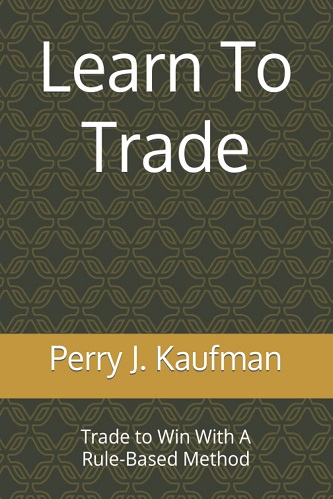
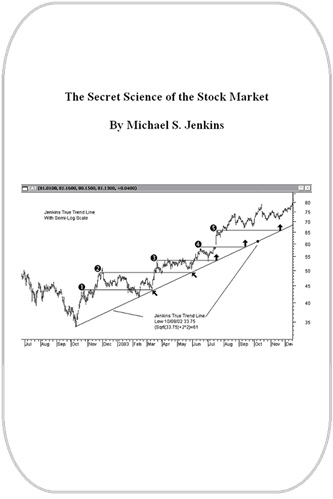
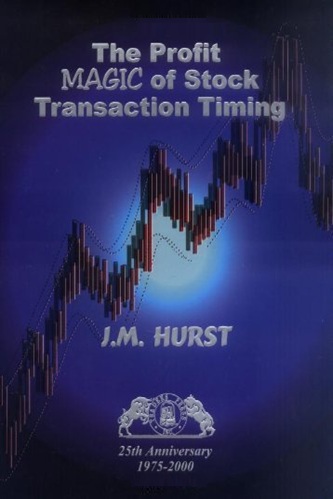
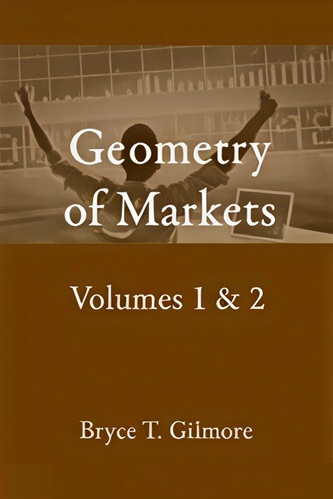
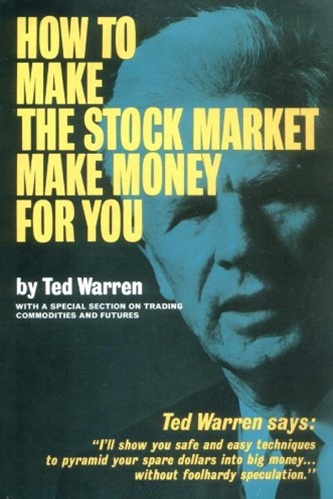
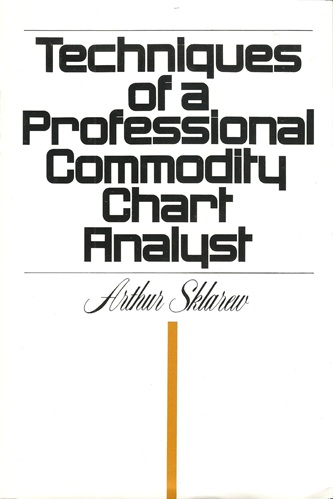
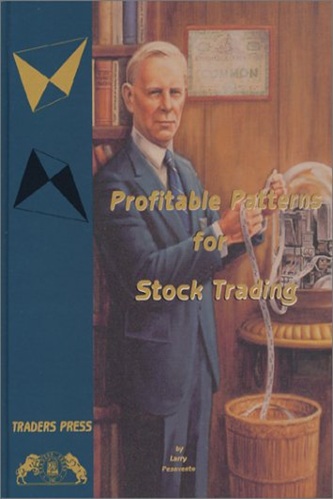
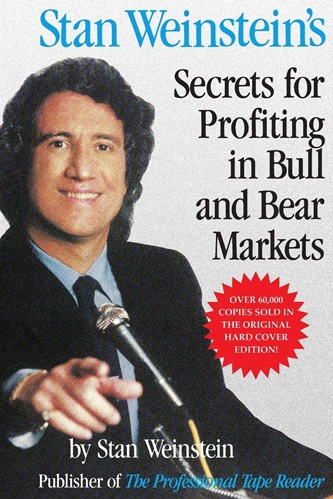
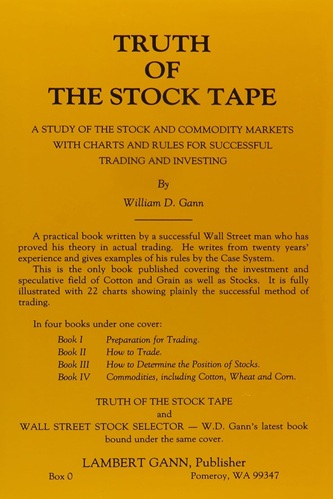
Kori Boyd (verified owner) –
The book is interesting and very useful for understanding how to analyze the market correctly.
Dean Reynolds (verified owner) –
Normally Kaufman writes for the intermediate/advanced trader so I had to read this one to see how his skills can be applicable to the newer trader. He did a great job!! I would recommend this book to anyone just getting started in trading. The book pushes you well beyond the basic basics and sets you up with Perry’s great wisdom. I would highly recommend this wonderful book to anyone.
Isabelle Patton (verified owner) –
(I am writing this while only at Chapter 10, and in e-book format). This is the first technical/quant book that I have read post-Covid 2020, which makes it unique for me at least. The charts are up to date in all the examples. I really like the practical homework assignments at the end of each chapter, which reinforces the learning experience. The sections I am skimming quickly through are on futures trading. I trade stocks, ETFs, and index ETFs. The risk of futures trading is far beyond me, and probably 99% of the readers. The only element which I find dated, is that now fractional shares can be traded on most platforms, meaning that the calculations of risk based on the number of shares traded is no longer relevant. The price tag looks high for the book, but anyone trading will save themselves from a loss, and hopefully make a profit, in one or two trades learned from the book.
Axel McKee (verified owner) –
Phenomenal quantitative trading reference for the beginner or advanced systematic trader. As a quantitative trading system developer it has given me many ideas to backtest and further refine my trading. It begins with basic trading system rules and begins to further expand upon them, while still remaining applicable to multiple catagories of market based securities to include equities and commodities futures markets. Highly recommended for the beginner or advanced trader, this will be the book I recommend to friends and family who are interested in the financial markets.